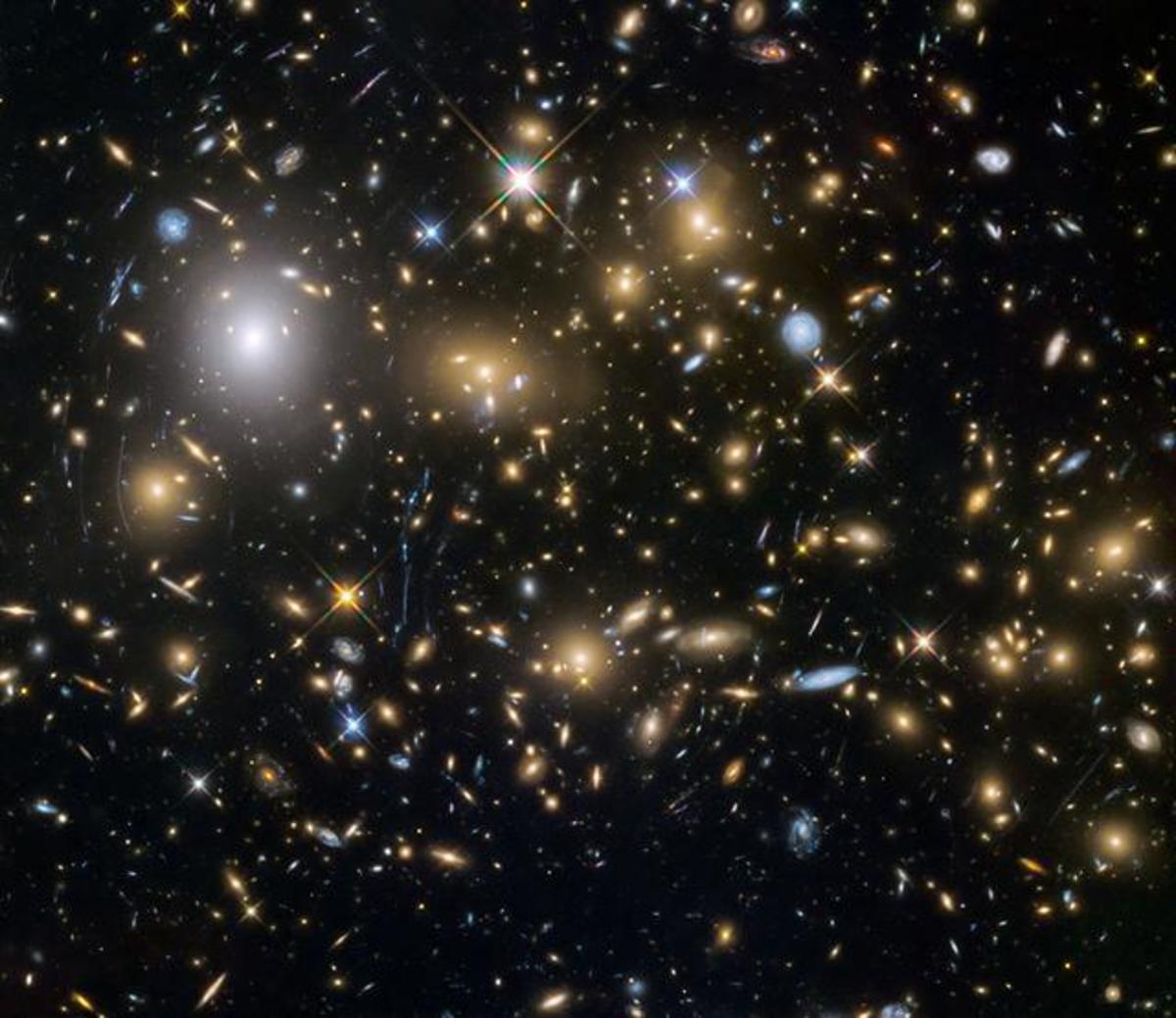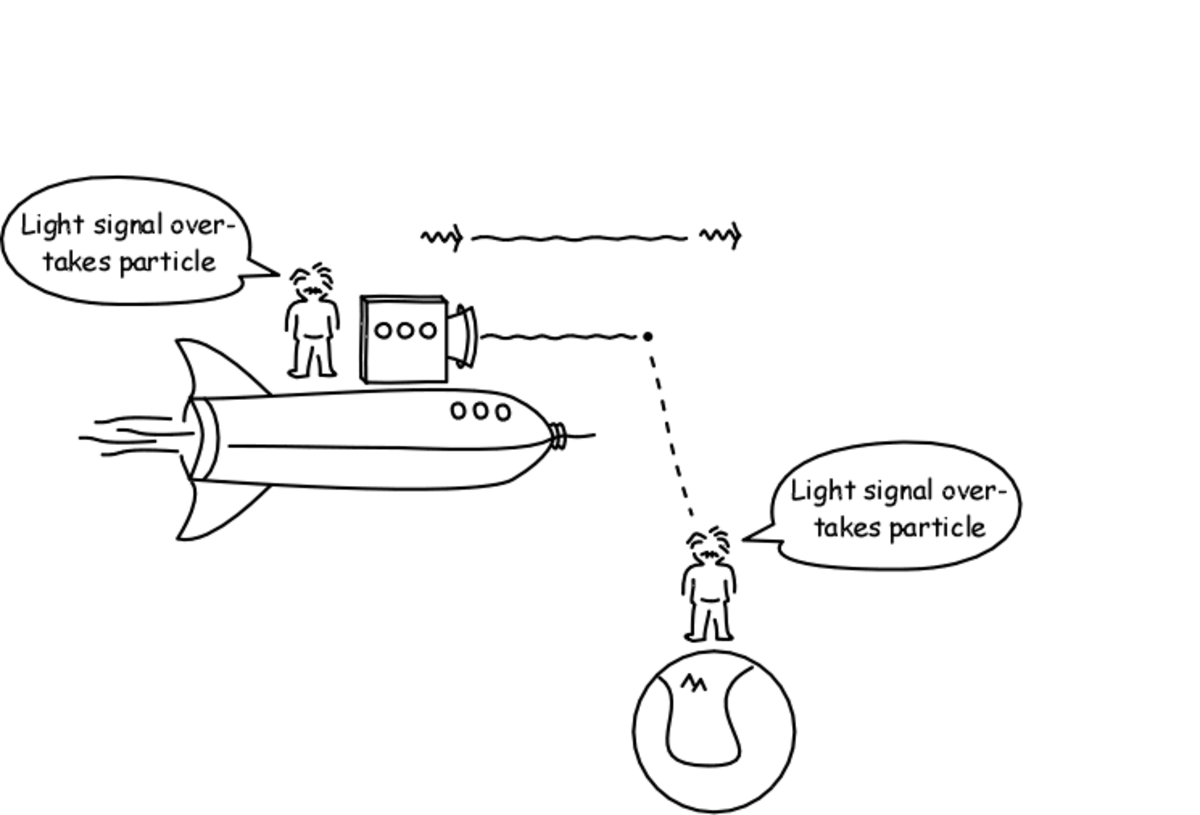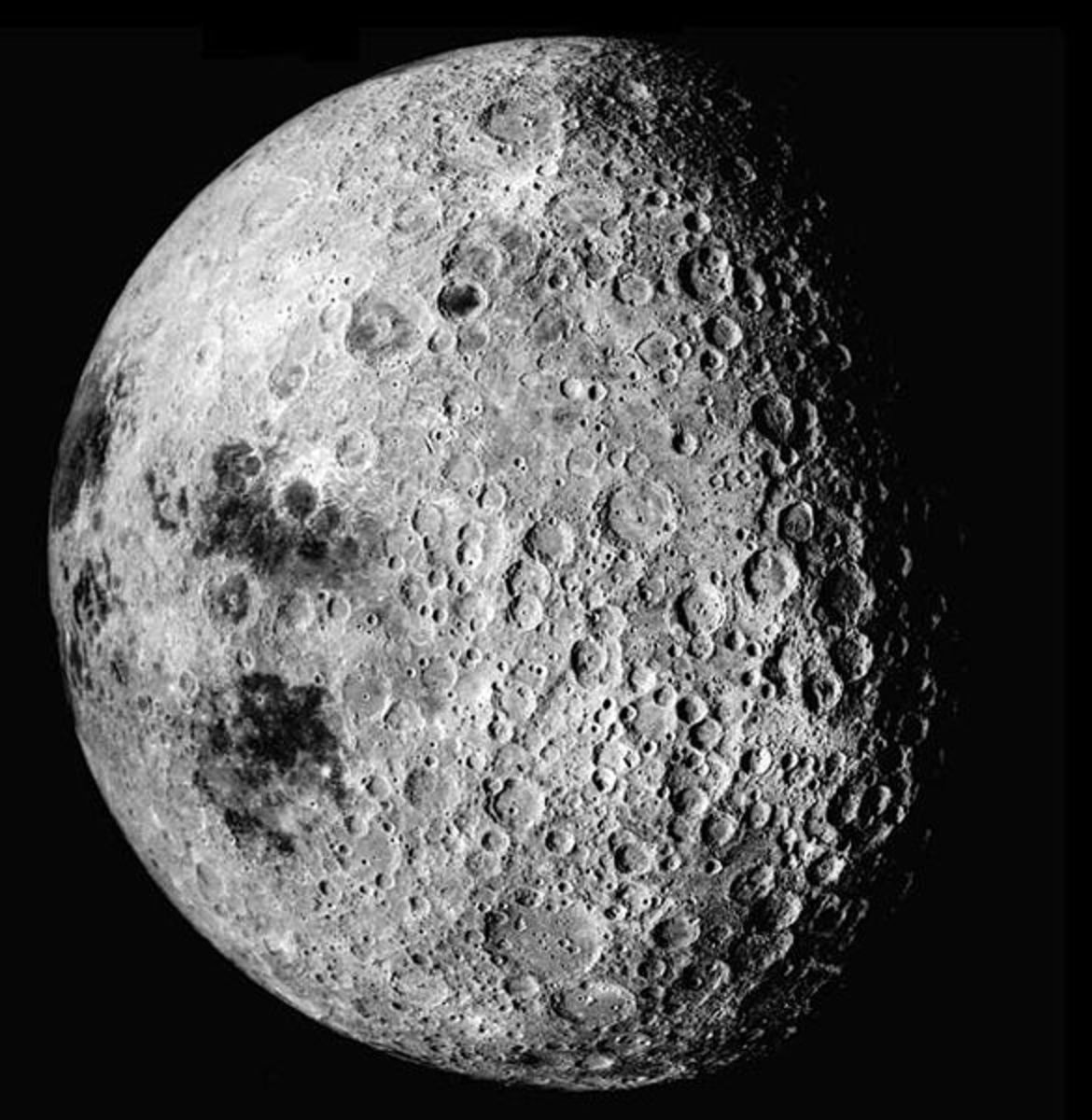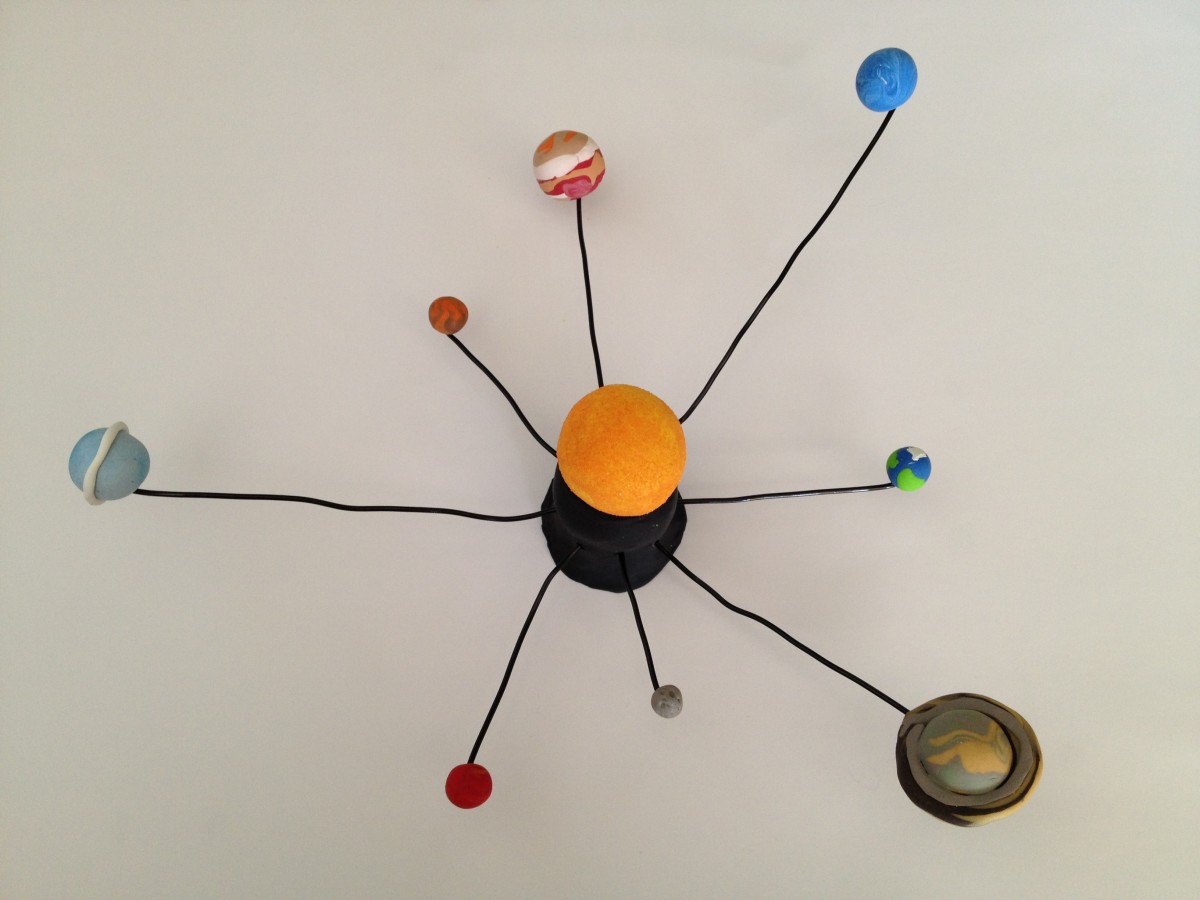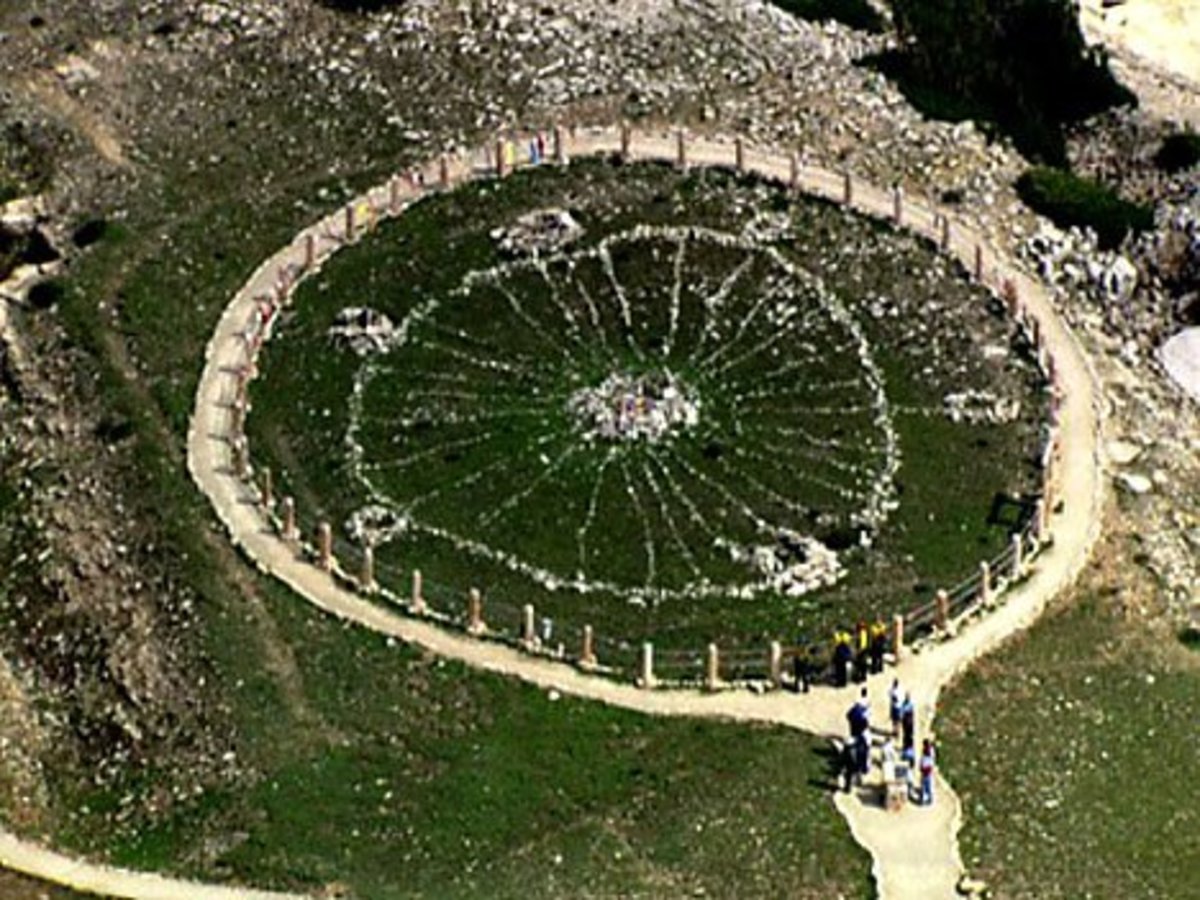Rockets are a Bad Way to Travel the Galaxy

Rockets Have Inherent Limitations
We reached the moon in four days on the nose of a Saturn V rocket. To date, it is the only device that has lifted humans out of low Earth orbit. It weighed about 2.8 million kg, of which about 90% was fuel. The rocket could produce about 34 million newtons of force, and it performed exceptionally in the 11 missions that it executed.
However, the rocket is limited by its basic design. A rocket burns fuel that it carries with it. Sure, you can go as fast as you want (up to near the speed of light), but the faster that one wants to go, the more fuel the rocket will require. If more fuel is carried, then you need more fuel to carry the fuel that you already have. A heavier rocket is more difficult to accelerate, and thus begins a vicious cycle. Physicists will tell you that in absolutely every case the efficiency of a rocket is dependent upon the speed at which it fires its exhaust.
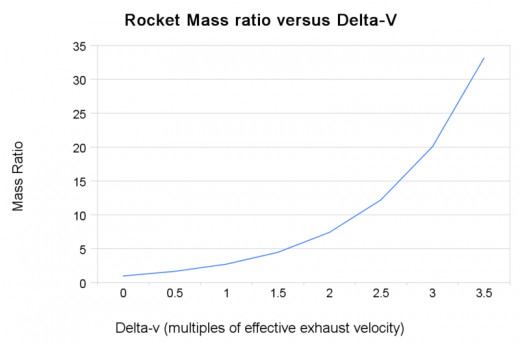

Traditional Rockets
Most rockets we have built have been "chemical rockets". This means that they are powered by a chemical reaction. One chemical is mixed with another, and then it ignites and goes boom. After years of work we are certain that we have more or less come to the maximum efficiency reachable by chemical means. The efficiency of the fuel used for the Space Shuttle, for instance, could be slightly improved but only by using more toxic or more volatile compounds.
The speed of exhaust of a chemical rocket is limited by the energy given off in the chemical reaction. Physicists use the term "specific impulse" to quantify this speed. Chemical rockets cannot have a specific impulse much more than 500 seconds (seconds may seem like an odd unit, and it is, but it corresponds to an exhaust velocity of about 5000 m/s).
How do we improve our rockets?
Once again, we have to improve the exhaust velocity by giving off more energy in a reaction. Fortunately, nuclear reactions could do just that because they give off more energy than chemical reactions. There are a few problems with nuclear reactions, though, that make it not an option in the near future.
For example, fission rockets (using the same physics principles as the atomic bombs dropped in WWII and nuclear reactors) still would require a lot of technical problems to be solved. However, they could possibly achieve a specific impulse of 100,000 seconds (200x more powerful than a chemical one). Also, nuclear powered anything usually comes under political and international scrutiny.
Fusion rockets are way off into the future, especially because we don't have viable fusion reactors here on Earth even under the most ideal conditions (the NIF fired 192 of the world's most powerful lasers at fusion fuel in one attempt). Lockheed Martin, however, has subtly claimed they might have a reactor in 5 years or so.
Anti-matter and matter collisions produce pure energy, and these rockets would be better than either fusion or fission ones. We still can't produce much anti-matter though (on the order of 10^-15 grams per few months), and storage would be a huge engineering challenge.

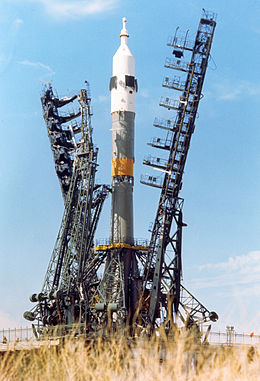
The Ultimate Rocket Using Known Laws of Physics
The most efficient rocket conceivable would be a photon rocket. Photons are units of any wavelength of light that, despite being massless, still carry momentum. They also move at the speed of light, or the speed of massless particles, and thus the accepted maximum speed of the universe.
We don't know of many reactions that produce pure photons. Some exist though. For example, when electrons and positrons collide, they will most likely produce two photons of gamma radiation (extremely short wavelength light). These are likely not emitted in the same direction or coherent. For the sake of argument, we will assume that we can solve these challenges and can engineer a rocket based on this reaction.
This 100% efficient rocket, converting mass directly to energy, would be very efficient in traveling the solar system. Pluto is only 13 light hours away, and it would be reachable in a few days with most payloads carried by a photon rocket (slowing down and changing direction would cause additional fuel to be required).
The nearest star system, however, would still be tough to reach. I did these calculations as an undergrad, but it was not easy to recall them. Luckily this webpage lays out the equations for those of you who are curious.
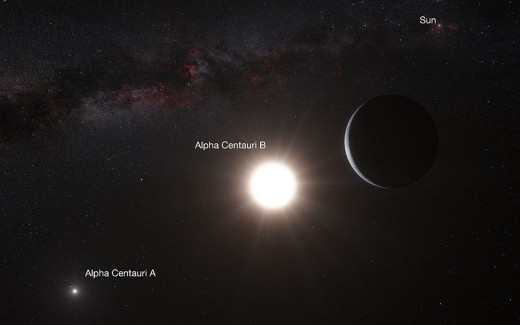
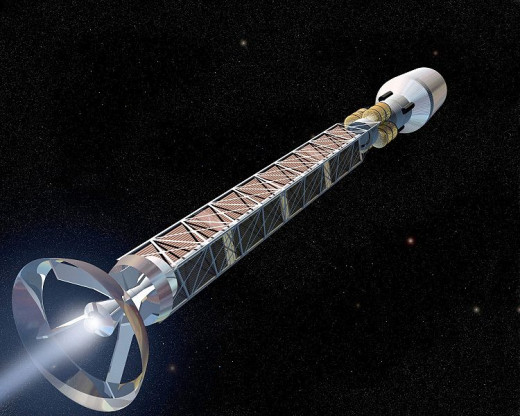
Interstellar Travel With Rockets
Long distances, on the order of light years, begin to showcase the problems with rockets. The amount of fuel required for this ultimate photon rocket is dependent on the payload. With more payload, you need more fuel. With more fuel, you need more fuel for the fuel. I will examine four cases to demonstrate this (the numbers I am using come from equations in the link I provided above). For all of these missions we are constantly accelerating at the speed of gravity in order to avoid too much stress on our craft (there are equations independent of acceleration as well).
The first interstellar mission to consider is a "flyby" of the nearest solar system. This flyby will not involve slowing down, and thus the spacecraft will cross Alpha Centauri at relativistic blinding speeds. This is a poor situation for photography, but at least the spacecraft will pass it and perhaps be able to extract some sort of useful data.
For this mission we will need 10 kg for fuel for each kg of payload. There is no way I am qualified to guess at how light our anti-matter-matter engine would be in the far future. It would most likely require a magnet so that the anti-matter could be trapped. I am going to throw out an aggressively light weight of 20 kg (44 lbs). Your guess is truly as good as mine. I'll also guess that we need at least 5 kg of scientific instruments and protection of those instruments. This brings our total to 25 kg, which would correspond to 250 kg of fuel. Remember, this is a 100% efficient rocket using the best fuel physically possible.
250 kg seems reasonable especially when the Saturn V used about 2.5 million kg of fuel. However, keep in mind that we would need half of this to be anti-matter. Right now we are producing anti-matter on FEMTOgram scales.

For our second mission, we will send a human on a flyby mission to the nearest star. This wouldn't make much sense because they would shoot past it too fast to see anything, but maybe someone would volunteer.
We want to keep our mass as low as possible, and so we'd prefer a woman to a man. According to Wikipedia, and so you know it is correct, the average U.S. woman weighs about 75 kg. Our rocket still requires 10 kg per kg of payload, but this rocket will weigh much more. NASA astronauts are currently limited to 3.8 pounds per day of food. This trip, due to relativistic time effects, will take 2.4 years on board the ship. That's about 1500 kg in food alone. I think it's safe to assume that other human requirements will weigh another 2500 kg.
This "back of the napkin" calculation gives us a total of 4000 kg. We will assume the fuel tank itself will make up another 1000 kg, which makes it an total weight of 5000 kg. Total amount of fuel required--50,000 kg.
That is a huge jump from 200 kg, and we haven't even slowed down yet.
After a 200 fold jump in weight, we decide we're done sending humans places with our ultimate photon rocket. For our third mission we will start slowing down our craft so that we can actually see our destination of Alpha Centauri. However, since we start slowing down, we of course lose speed and momentum gained in the first half of the trip. More importantly, we lose the advantages associated with our relativistic mass. This starts to really mess with fuel requirements.
As a result, we need 38 kg of fuel for each kg of payload in this scenario. We'll say that we're packing the same 5 kg of instruments we did in the first trip. Our fuel tank will be bigger, and so maybe it weighs 25 kg (55 lbs). Again, this is a really low estimate--but I have faith that if we have a photon rocket we would have other technologies that don't exist today as well.
That brings the payload total to 30 kg, and fuel load of 1140 kg. Not bad, but still almost 6 times more than a flyby mission.
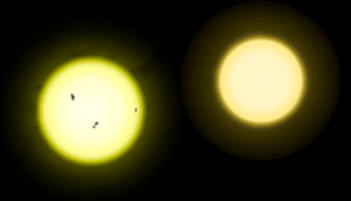
Final Mission
Our final mission will be to Tau Ceti. Tau Ceti is only 11.9 light years away, and we're pretty sure it has 5 planets! Some of which are Earth-like! Let's go!
A flyby mission would only take 3.1 years to get there, assuming constant acceleration at the rate of gravity. You might ask why this is less than 11.9 years, since that's how long it would take light to get there. This has to do with special relativity, something Einstein came up with over 100 years ago!
Of course we would want to slow down though, and so that would take 5 years 1 month and 24 days if we decelerated at the rate of gravity beginning halfway through the trip. How much matter-antimatter fuel do we need?
For a flyby: 23 kg per kg payload
For a slow approach: 201 kg per kg payload
As you can see, the jump from 23 kg to 201 kg is much larger (9x larger for a stop than a flyby) than from 10 kg to 38 kg (4x larger). This holds true for any destination that is far away. The farther the way the destination is, the higher the factor of fuel you need to carry in order to stop.
Anyway, we still carry out the mission. We still have 5 kg of scientific instruments, and we will need a similar tank that might weigh 250 kg (330 lbs) for a total weight of 255 kg. This trip will need 51,000 kg of matter-antimatter fuel to send 5 kg of scientific instruments to the nearest star with confirmed planets with no plans for a return trip.
This is demoralizing, especially if you want to visit Tau Ceti and come back. Assuming you could refuel at Tau Ceti, which is not a safe assumption, the amount of fuel required still starts to increase exponentially. The Saturn V did carry 2.5 million kg of fuel, but holding that much matter-antimatter would risk blowing up the entire Earth. One would have to imagine that assembly of that rocket would take place outside of our atmosphere. Of course, you could save some fuel by coasting for awhile and lengthening the trip instead of constantly accelerating. In any case, rockets are starting to appear inadequate for interstellar travel.
Destination
| Trip Time
| Kg of Fuel per Kg of Payload
|
|---|---|---|
Alpha Centauri
| 3.6 years
| 10 kg
|
Tau Ceti
| 5.15 years
| 201 kg
|
Center of Galaxy
| 20 years
| 62,000 kg
|
Remember, these trip times are according to a clock on board. Close to 15 years would pass on Earth during your trip to Tau Ceti! Also, you'd need a friggin huge rocket to go to the center of the galaxy!
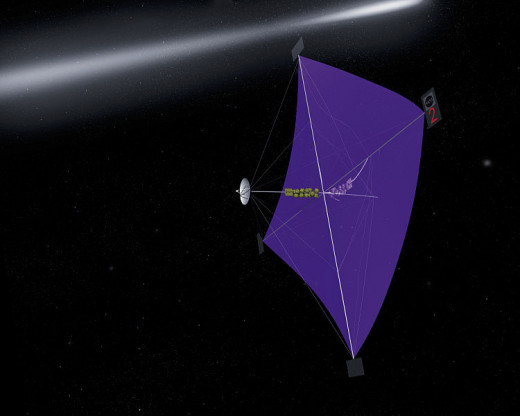
Now, the alternative...
Light sails are spacecraft that can use either light emitted naturally by the sun or light from lasers directed at the craft from Earth to propel themselves in space. This sounds crazy, and it kind of is, but they have three inherent advantages to photon rockets:
1) Photons bounce off the sail, instead of being ejected by the craft backwards. Using introductory physics conservation of momentum, this implies each photon transfers more momentum to the craft.
2) NO FUEL IS NEEDED ON THE CRAFT. It might need a rocket to be put into space, but once there, it's completely powered by an external source.
3) The technology is available today. Donna Shirley, a retired Jet Propulsion Lab engineer and former chairwoman of the NASA Institute for Advanced Concepts said that the solar sail was feasible and that the only question was, “Do you want to spend some money?”
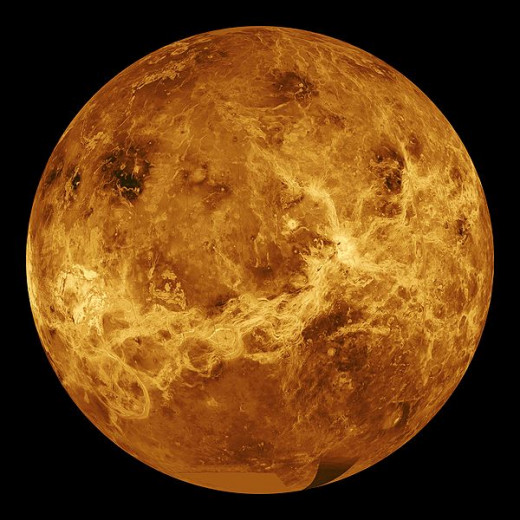
How feasible is it?
Let's start with interplanetary travel.
It must be pretty feasible, because there are current solar sail projects. The most successful of these are IKAROS and LightSail-1. These sails are about the size of basketball courts (of course square though). IKAROS, a Japanese project, passed by Venus in 2010.
Solar sails accelerate very slowly. The force acting on a typical solar sail is only about 1 Newton. The Saturn V rocket, by comparison, had a thrust of 34 million Newtons. However, since the light sail is constantly accelerating, and because it is very light, it can still reach extremely high speeds. The specific impulse, which I brought up earlier, is about 40 times greater for a modern light sail than for the Saturn V rocket.
How fast can it go? Well, interplanetary sails would accelerate about 1 mm/s per second on sunlight alone. This doesn't sound like much, and it isn't. But it's constant acceleration. So after a day the sail will be moving about 195 mph. After two weeks, it would be soaring at 2,700 mph. With no fuel! The IKAROS spaceship will reach Jupiter later this decade based on these principles.
Accelerated Object
| Acceleration
|
|---|---|
Interplanetary Light Sail
| .001m/s per second
|
Object Falling on Earth
| 9.8 m/s per second
|
Mars Rover en route to Mars
| 59 m/s per second
|
Constant acceleration over a long period is a big deal
Obviously this isn't a good candidate for human cargo. We're too heavy! However, if we develop laser batteries to propel these craft then we can start discussing human cargo.
Laser batteries, probably built in space, would need something like a Space Fountain to be economically feasible.
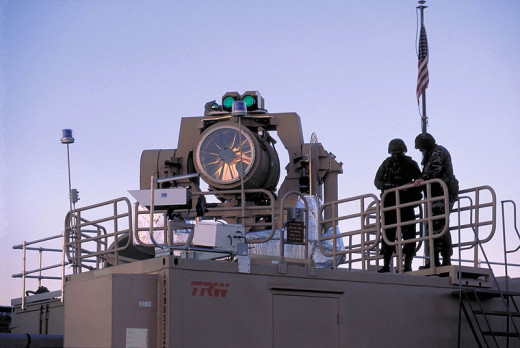
How feasible is it for interstellar travel?
This is the only current technology that would conceivably take human-made objects across the galaxy on reasonable time scales. Solar power alone is probably not enough though. A calculation by Gregory Matloff predicted a solar sail unfurled as close to the Sun as possible would take 2,000 years to reach Alpha Centauri. This is a blink of an eye on Universe time scales, but probably not ideal for human exploration. We need lasers to power the light sails.
An original calculation by Robert Forward in 1984 has been cited by many authors when talking about interstellar light sails. He proposed an aluminum sail craft powered by 65 GW of continuous laser power (way more than power than today's lasers) placed on Mercury, and a 1,000 km wide lens (way, way too wide) positioned within a meter or two of the correct spot (which was pretty much placed in the middle of space). This is not feasible.
However, a calculation made by Geoffrey Landis in 1999 using different materials reduced the size of the sail and the power required to 448 MW (the best current laser can produce about 1 MW continuously). This craft would be accelerated to 10% of the speed of light, making the trip to Alpha Centauri feasible.
These are scales that are about only a few orders of magnitude too large for technology in 1999, but they don't seem impossible. Dedicated research would probably be able to come up with better materials and methods. This is much more feasible than rockets based on power systems that we haven't figured out yet.
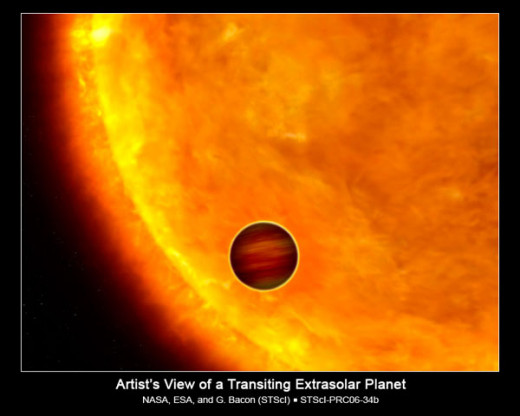
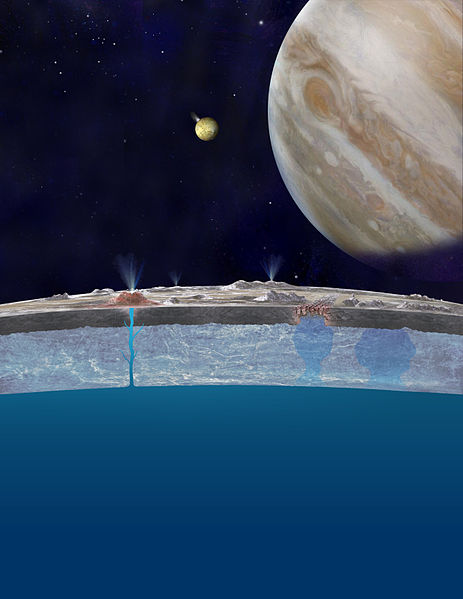
Quick Reminder of Economics
This article isn't supposed to be political, but this section makes it a little political. I think this is an interesting comparison to make:
Cost of IKAROS program: $16 million
Cost of F-22 Raptor program: $66.7 billion
One could create about 4,170 IKAROs-style programs for the cost of the F-22 program. No one would want that many space exploration programs, but still.
For $66.7 billion I truly believe we could have at least come close to sending a ship to Alpha Centauri (development of a weaponized 1 MW laser cost the U.S. $300 million in the 80's). If not, we could have spent 1% of what we did on the F-22 (667 million) to thoroughly explore Europa, a moon that possibly houses complex life.
In April 2013 the U.S. government decided to allocate $75 million to explore the Jovian moon which is better than nothing (but no attempt to land on it).


